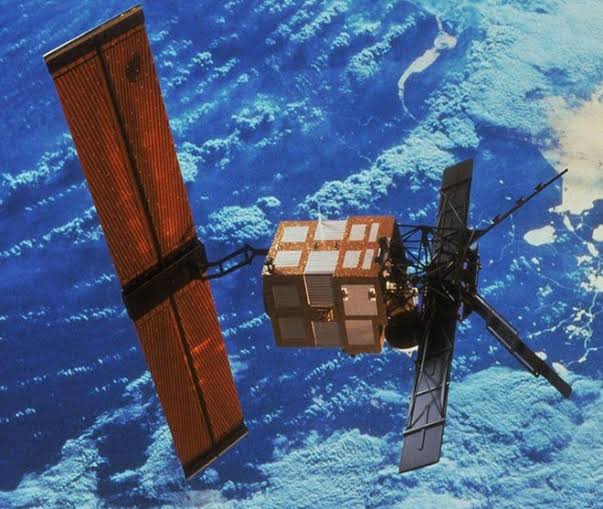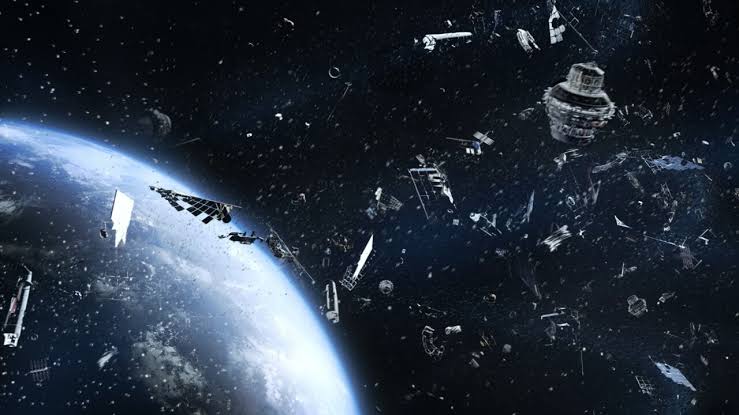Satellite As Heavy As An Adult Rhino To Enter Earth's Atmosphere This Week
An European Space Agency satellite as heavy as an adult rhino to enter Earth's atmosphere this week marking an event that has culminated over a decade since the spacecraft concluded its mission.
Author:Paula M. GrahamReviewer:Hajra ShannonFeb 20, 20241K Shares32.7K Views

A European Space Agency satellite as heavy as an adult rhino to enter Earth's atmosphere this week. This event marks the culmination of over a decade since the spacecraft concluded its mission of observing Earth's systems and natural disasters.
The ERS-2, ESA's inaugural advanced Earth-observing satellite, was launched on April 21, 1995. Following 16 years of dedicated research on Earth's land, oceans, and polar caps, ESA made the decision to terminate its operation in 2011 and initiate the de-orbiting process to mitigate the proliferation of space debris.
NASA, ESA, and other international aerospace stakeholders adhere to guidelines aimed at diminishing the presence of defunct satellites and rocket components in low-Earth orbit. These guidelines mandate post-mission disposal through either natural decay or a controlled reentry process.
“„Most people nowadays and for the past several years have designed their satellites responsibly to be disposed of, responsibly and in a controlled manner. At the end of life, spacecraft may do a deorbit burn to try to target what we call the spacecraft or satellite graveyard in the Indian Ocean, far away from shipping lanes, far away from any human activity.- Former NASA astronaut Leroy Chiao
Mission control executed a sequence of commands directed towards the 38-foot-tall ERS-2 satellite, orchestrating over 66 maneuvers to gradually decrease its altitude until it settled into a passive orbit.
In late January and early February, other spacecraft orbiting Earth observed the descent of the sizable satellite through the atmosphere. The European Space Agency (ESA) reported that images captured by HEO, an Australian company, were provided to the UK Space Agency, depicting the ERS-2 satellite tumbling as it traversed through the atmosphere.
"The UK Space Agency recently worked with HEO to capture these images of ERS-2 during its descent," the ESA said. "Using cameras on other satellites to image objects reentering the atmosphere is a relatively new approach. In the future, these images may be used alongside data from ground-based sensors to refine reentry predictions."
Over the course of almost 13 years, the satellite has undergone a gradual descent from its orbit approximately 350 miles above Earth, ultimately succumbing to the gravitational pull of our planet and disintegrating as it enters the atmosphere.
As the spacecraft followed a "natural descent" trajectory, ESA faced challenges in pinpointing the exact time and location of its reentry on Earth but estimated it would occur in February 2024. With the impending demise of the satellite, ESA has been issuing regular updates.
ESA's Space Debris Office issued its most recent re-entry forecast on Tuesday, indicating that the satellite is expected to burn up in Earth's atmosphere on Wednesday around 4 p.m. ET, with a margin of approximately 7.5 hours. The uncertainty regarding the landing and re-entry location will diminish as the spacecraft approaches its demise.
ESA stated that at an altitude of approximately 50 miles above Earth, the substantial satellite will fragment into smaller pieces. The space agency reassured that the risks associated with the satellite's reentry are minimal.
“„It's expected that it will either all burn up, or maybe a few small pieces might survive the reentry into the Earth's atmosphere. But it's really not a cause for concern. The calculated odds by the European Space Agency is about one and 1.5 billion, that some individual would be affected by this.- Leroy Chiao

Paula M. Graham
Author

Hajra Shannon
Reviewer
Latest Articles
Popular Articles
